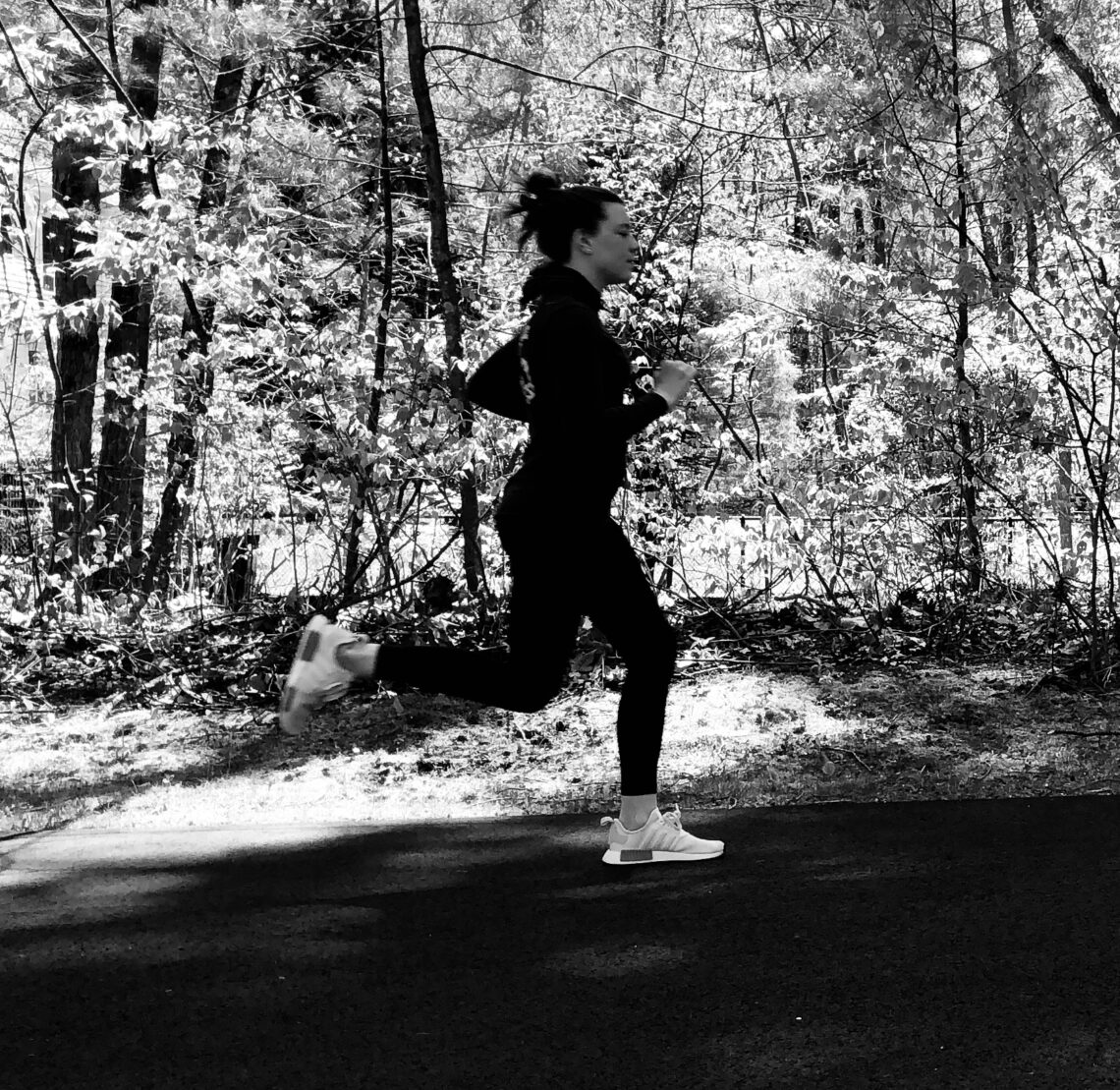4 QUICK and EASY Ways To Improve Your Desk Set Up Spending several hours at a desk each day can contribute to musculoskeletal imbalances and potentially symptoms over time. Below are 4 EASY STEPS to help assist with proper workstation ergonomics. Step 1- Adjust your chair Feet should rest flat on the floor with buttocks all the way to the back of the chair. Your knees should be slightly below hip height. Elbows should be bent at 90 degrees with shoulders relaxed. You may have to adjust the arm rests on the chair or the desk height to achieve this. Consider a lumbar support pillow if you do not…
-
-
Aquatic Therapy – the benefits are endless!
I am a huge advocate of Aquatic Physical Therapy. Many patients who are limited with exercises in the clinic can tolerate higher level exercises for longer periods in the pool. The water provides a significant roll in unloading joints and easing symptoms. Key benefits to exercise and therapy in the water: 1.) Buoyancy of the water relieves pressure and forces on joints. 2.) Warm water increases blood flow, circulation and promotes relaxation and flexibility of the muscles. 3.) Viscosity of water provides constant resistance for muscle strengthening and endurance. 4.) Hydrostatic pressure of the water helps to reduce swelling and increase proprioception. 5.) The water allows for practicing high level…
-
Running Form
I want to share some advice on proper running mechanics to avoid overuse injuries such as ITB syndrome, shin splints and plantar fasciitis. Let’s start from the ground up! Feet – Everyone’s foot strike is different, but the main thing you want to avoid is hitting the ground with your heel or running on your toes. A good mid foot strike under your center of gravity will help prepare for the push-off phase. Knees/Shins – Your knee should be in line with your midfoot and the shin vertical during foot strike. This cannot occur if your stride is too big. Hips/Torso/CORE – Your torso is slightly in front of…


